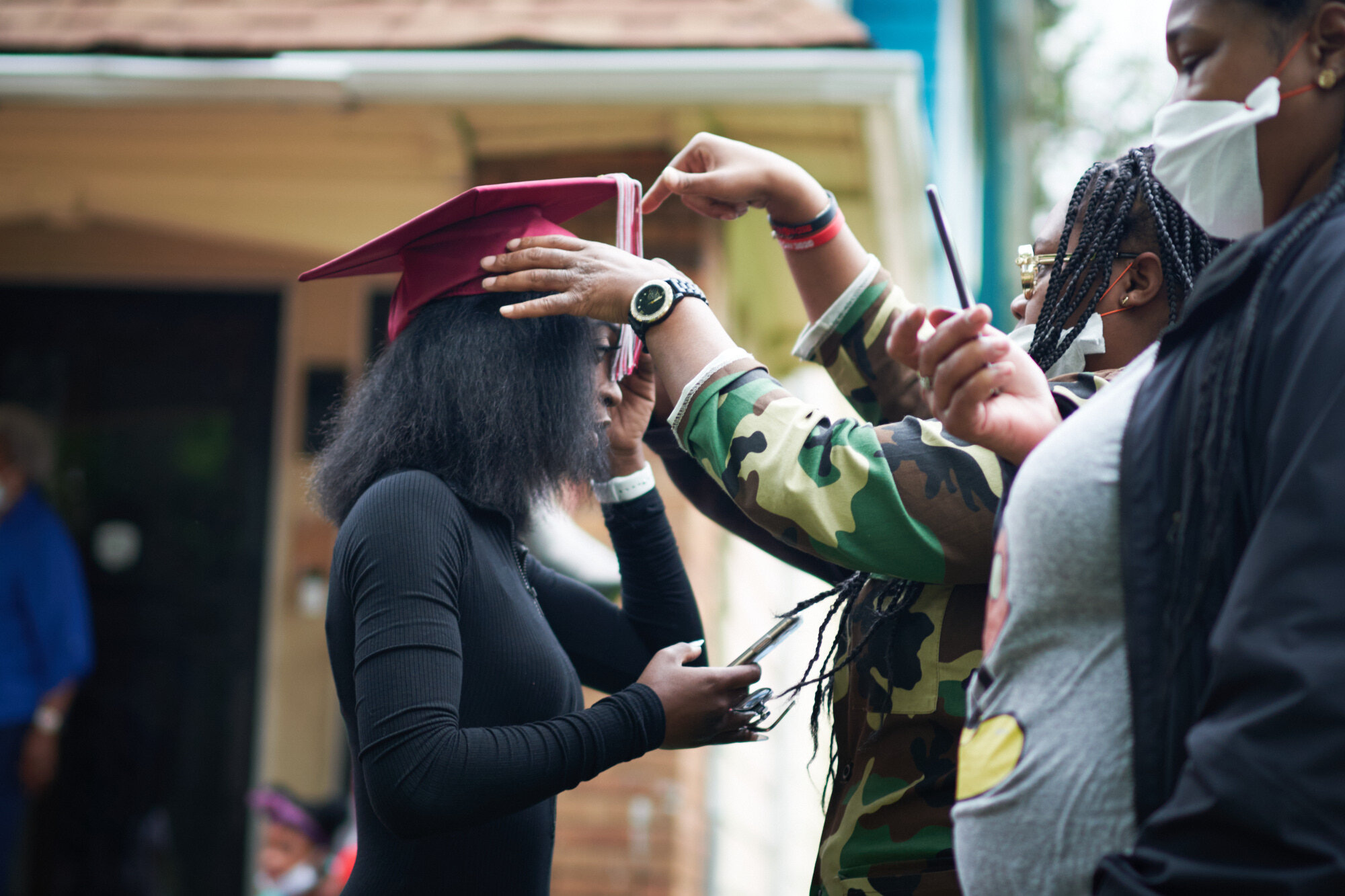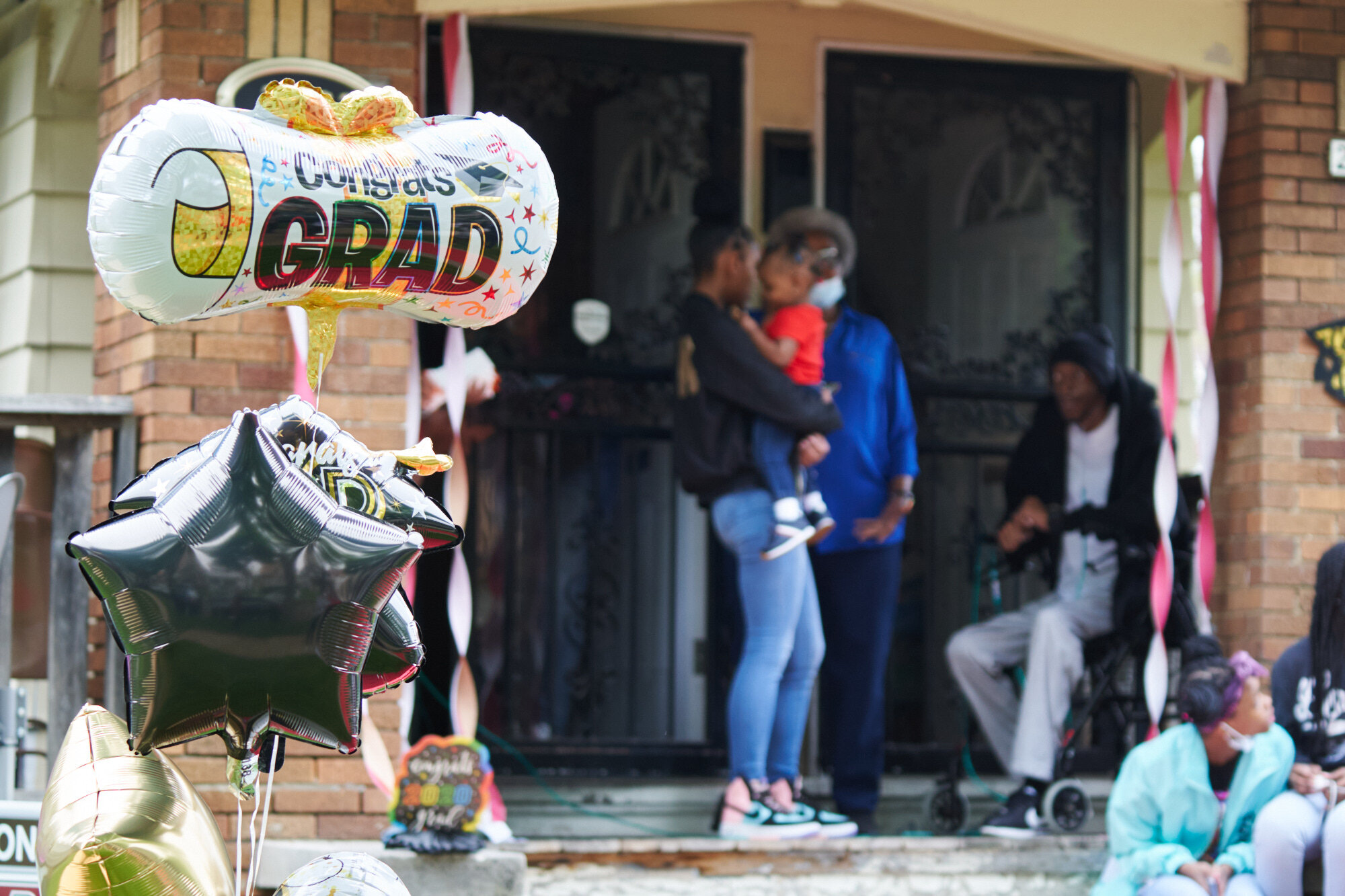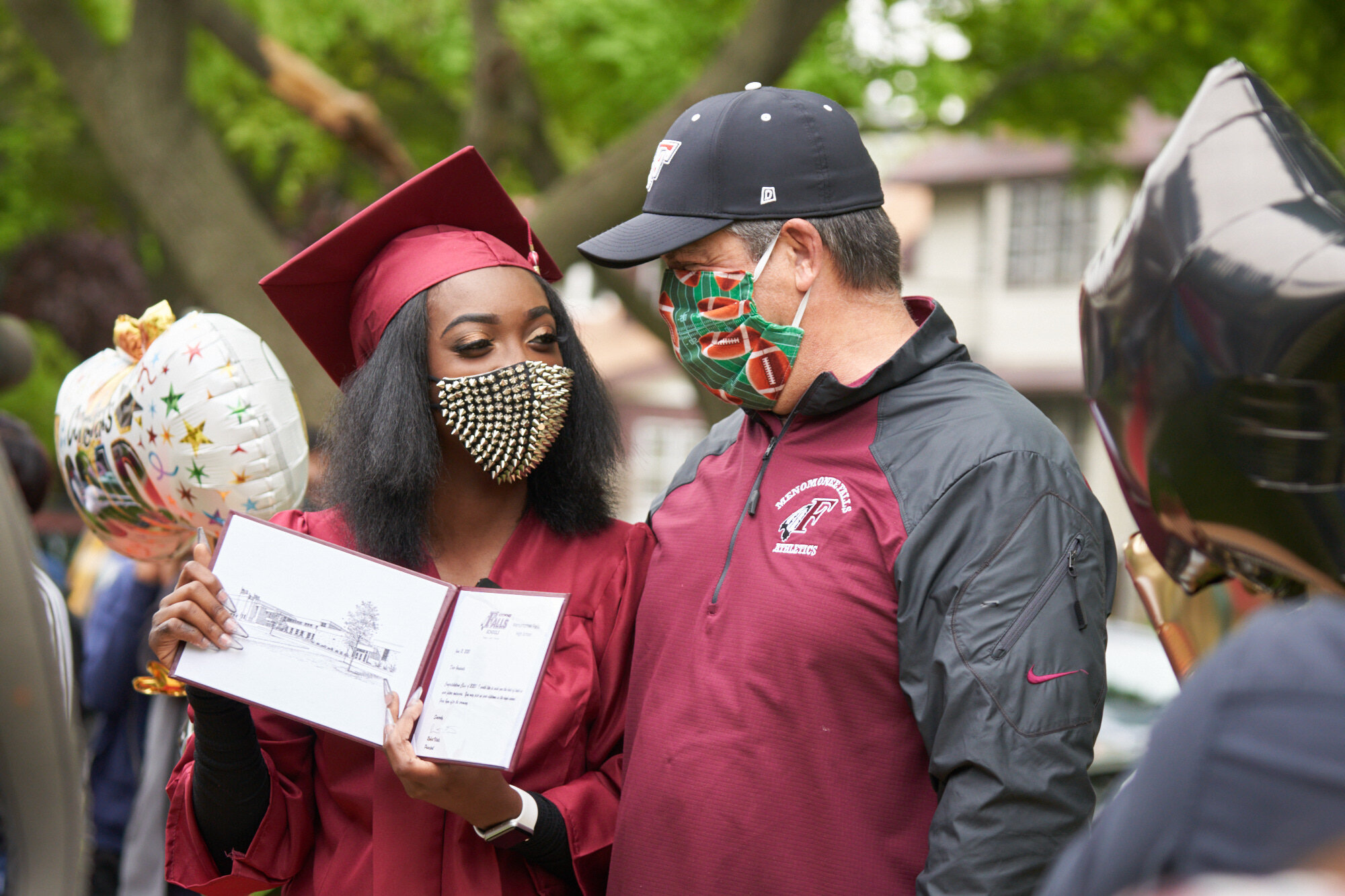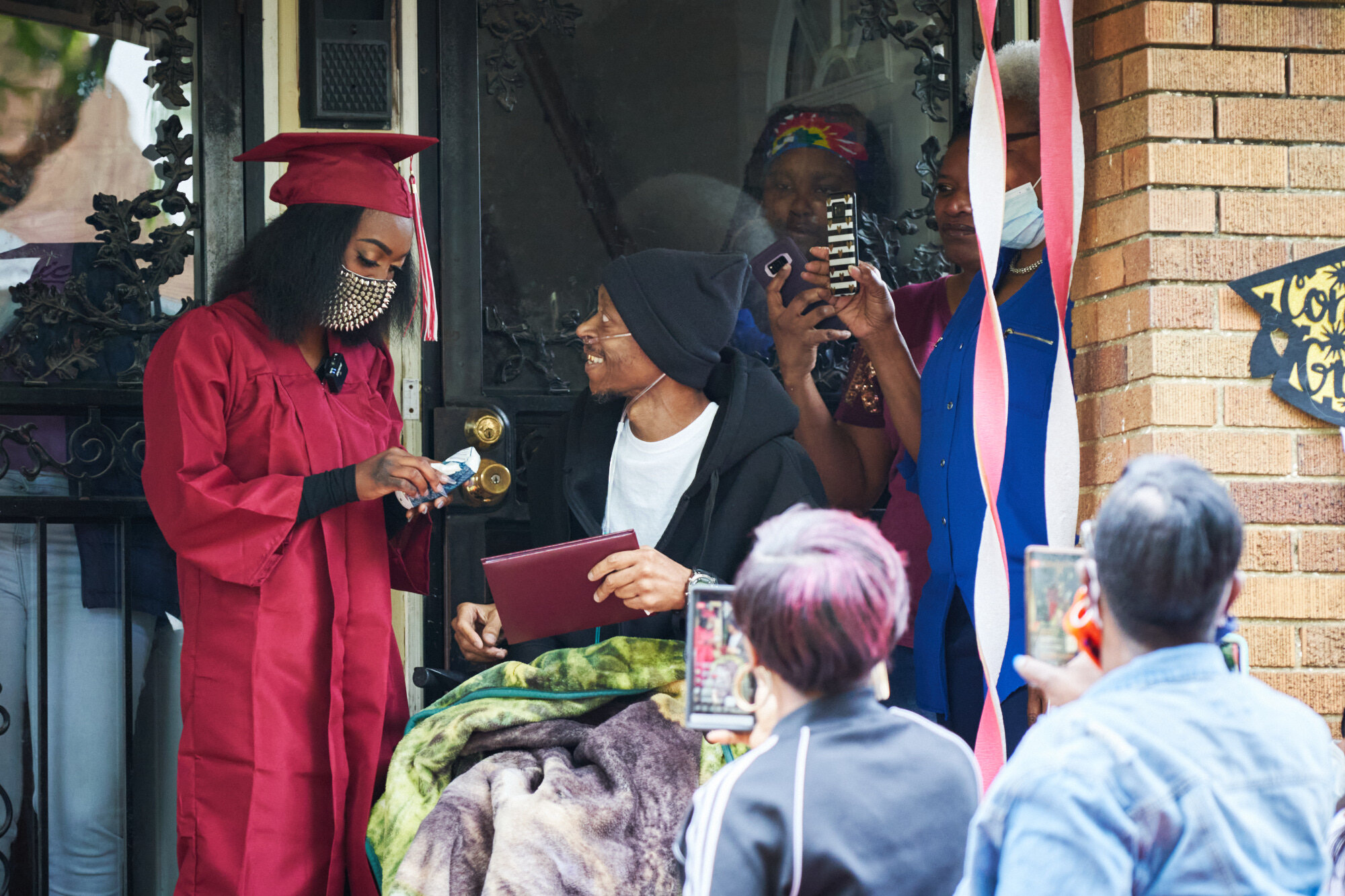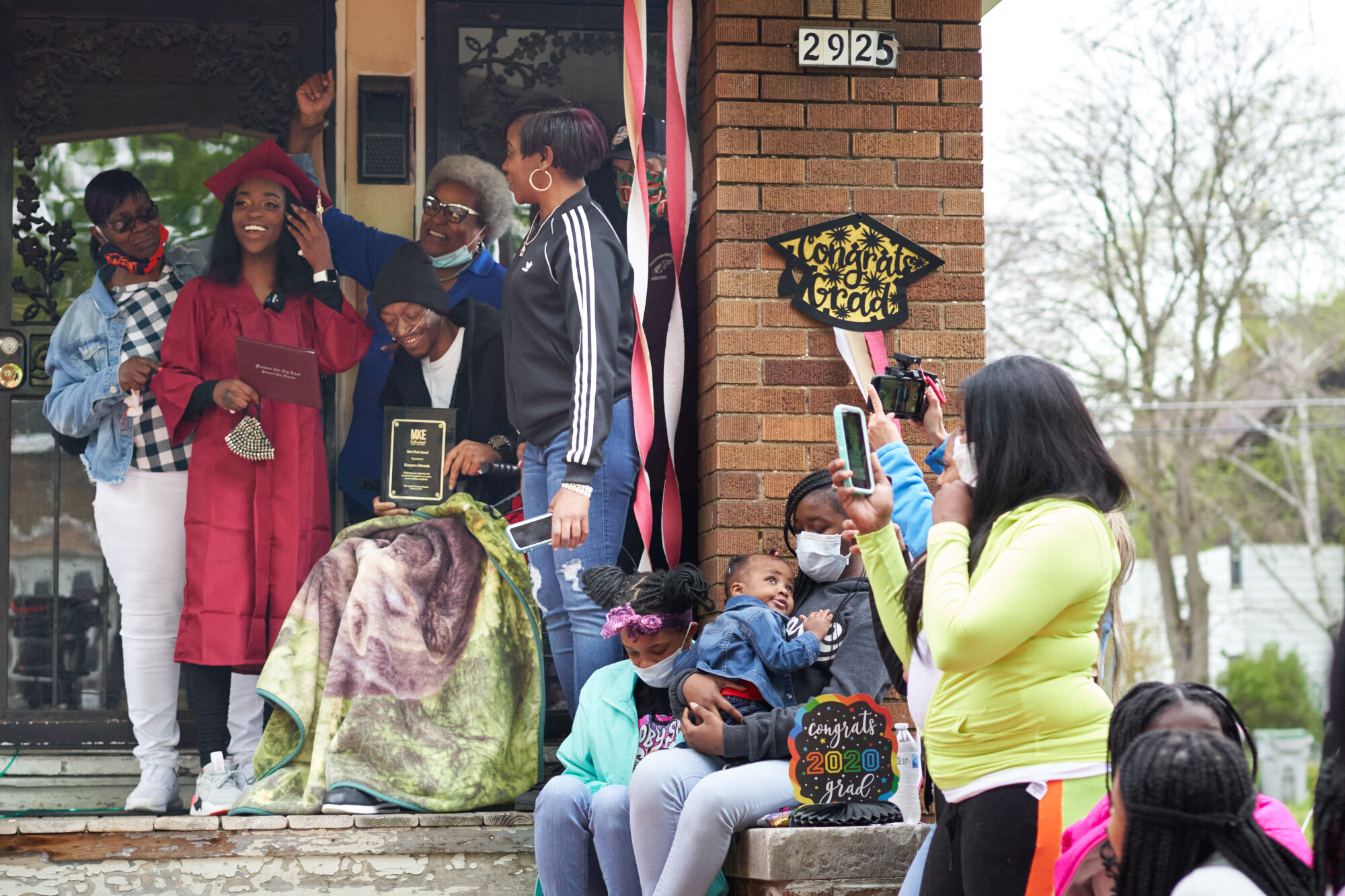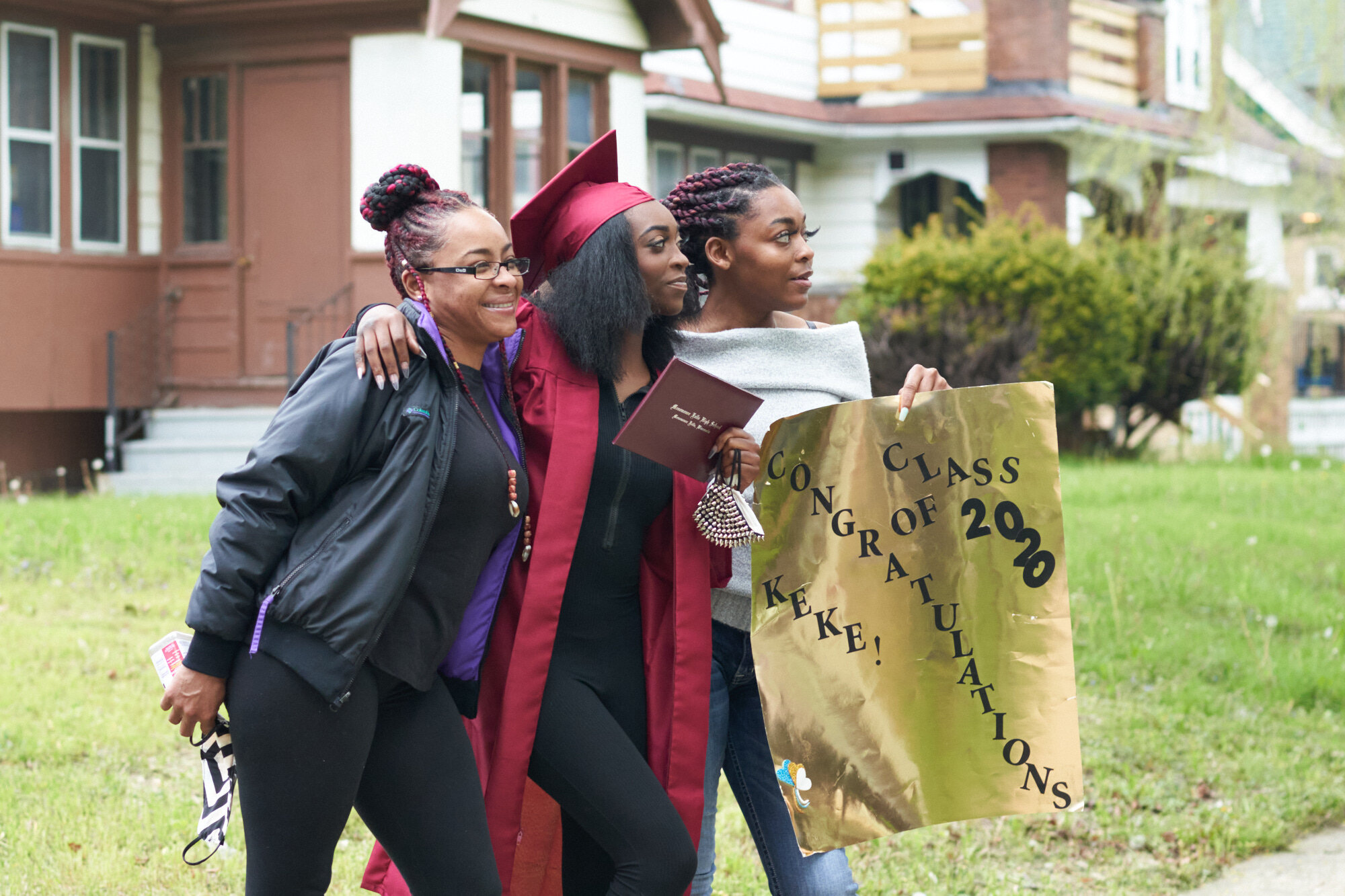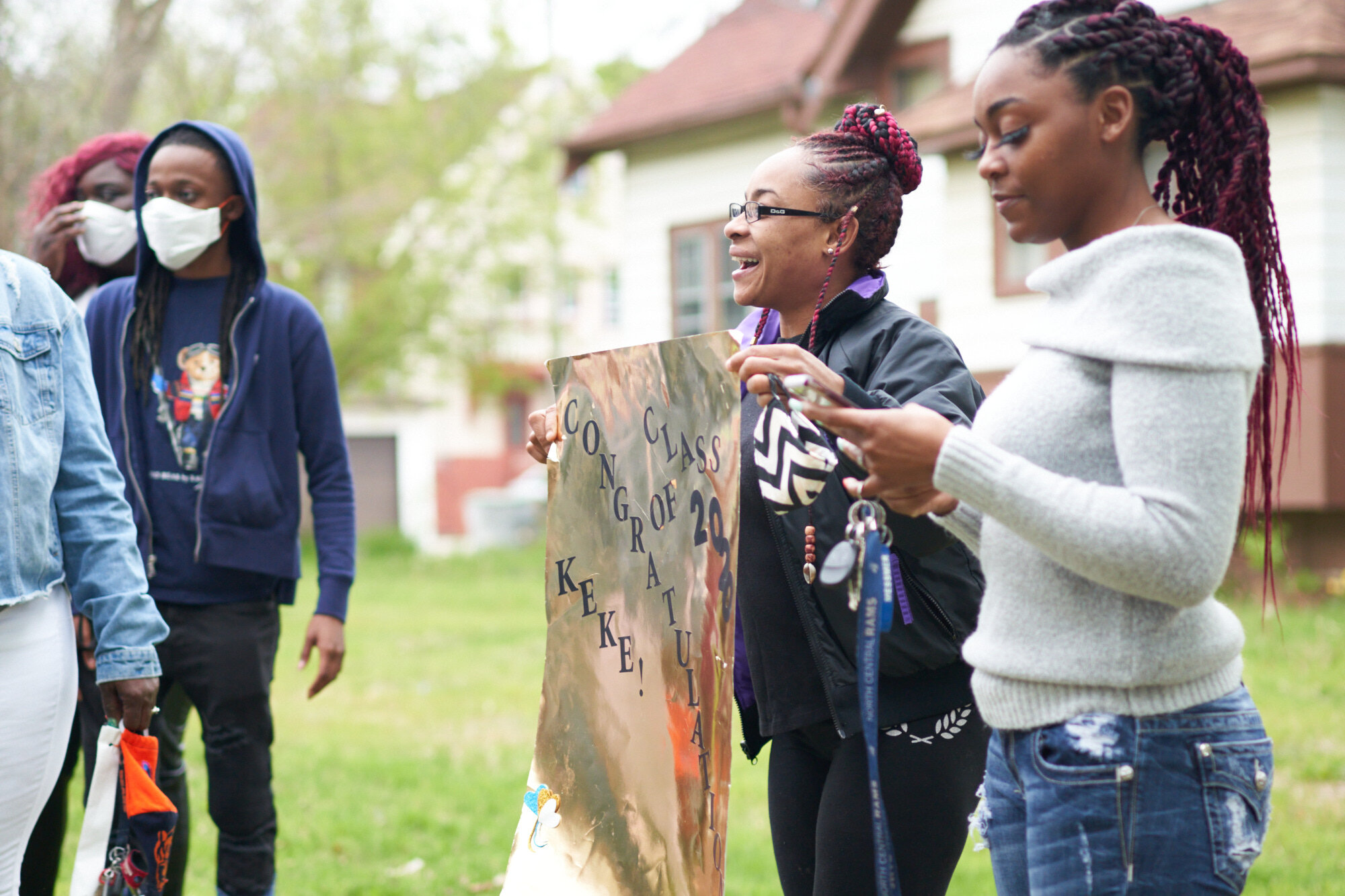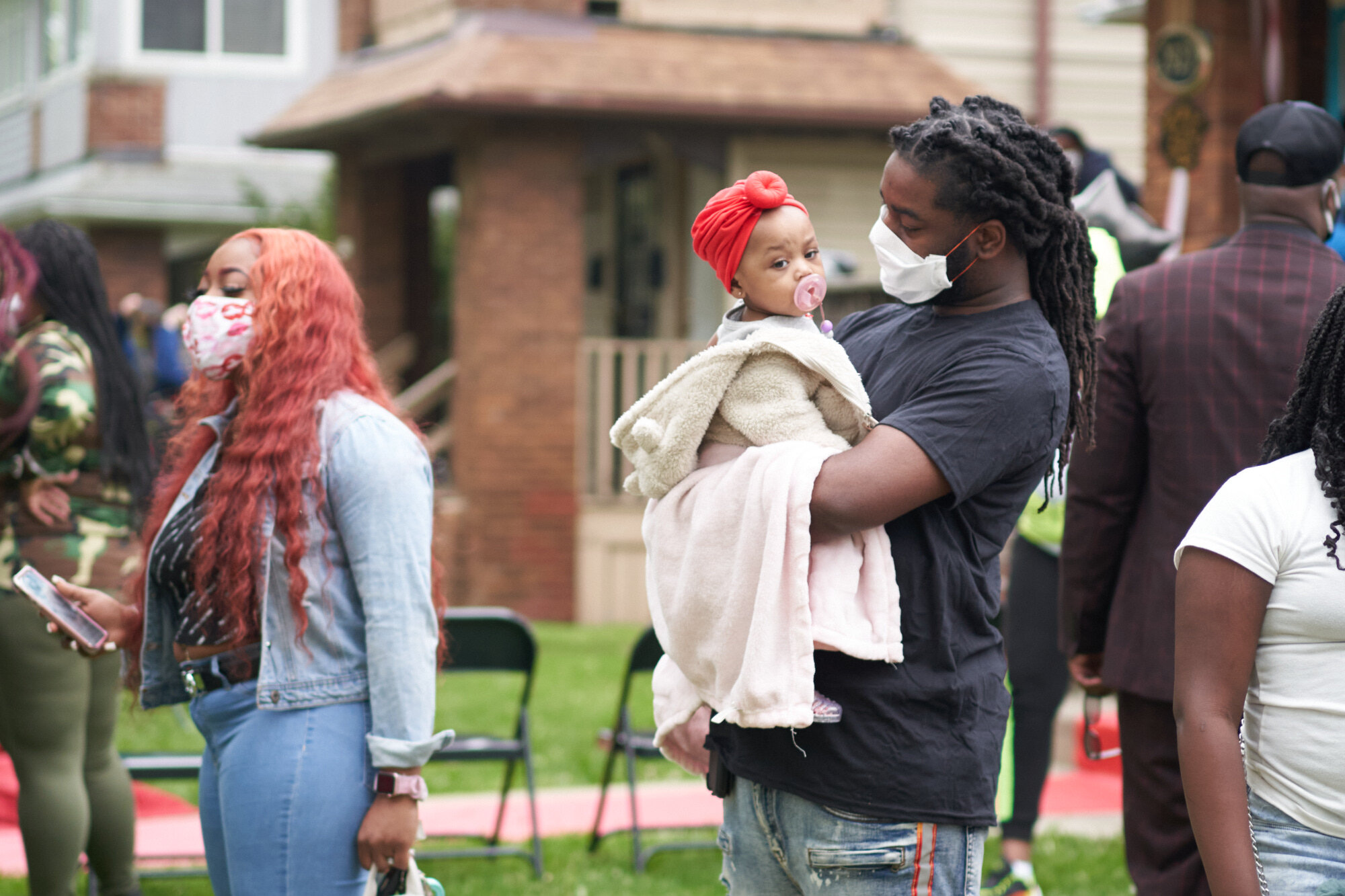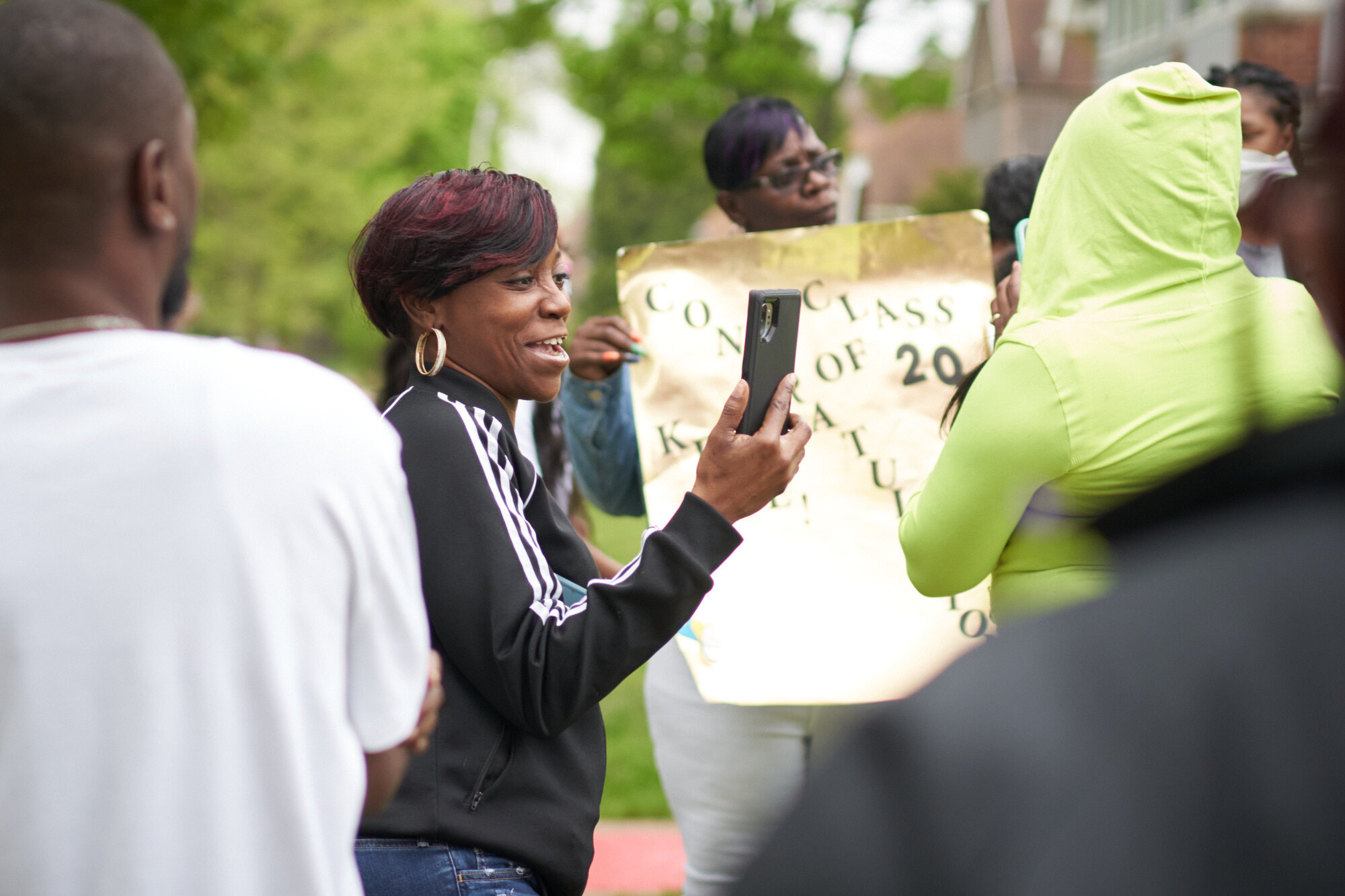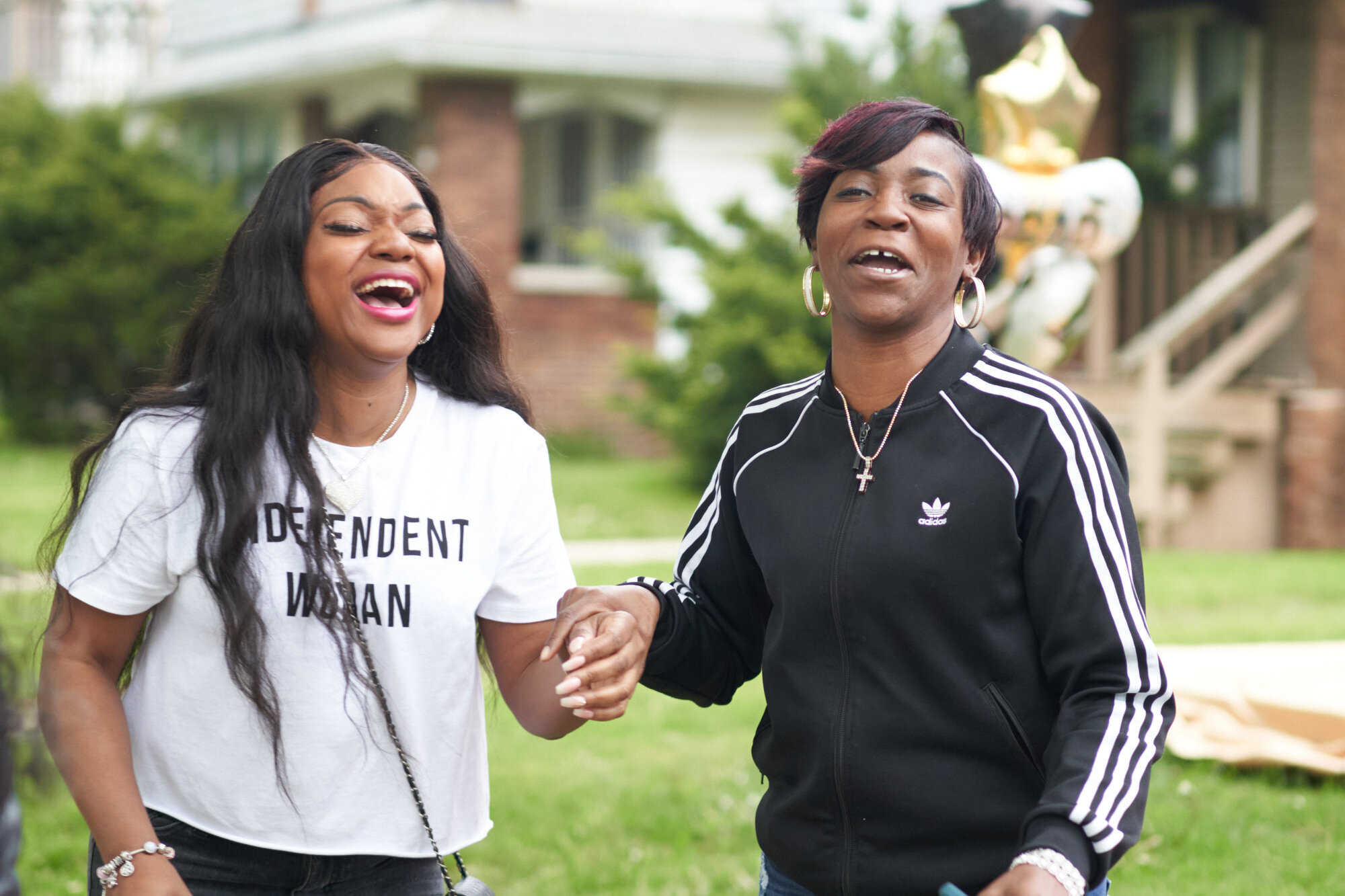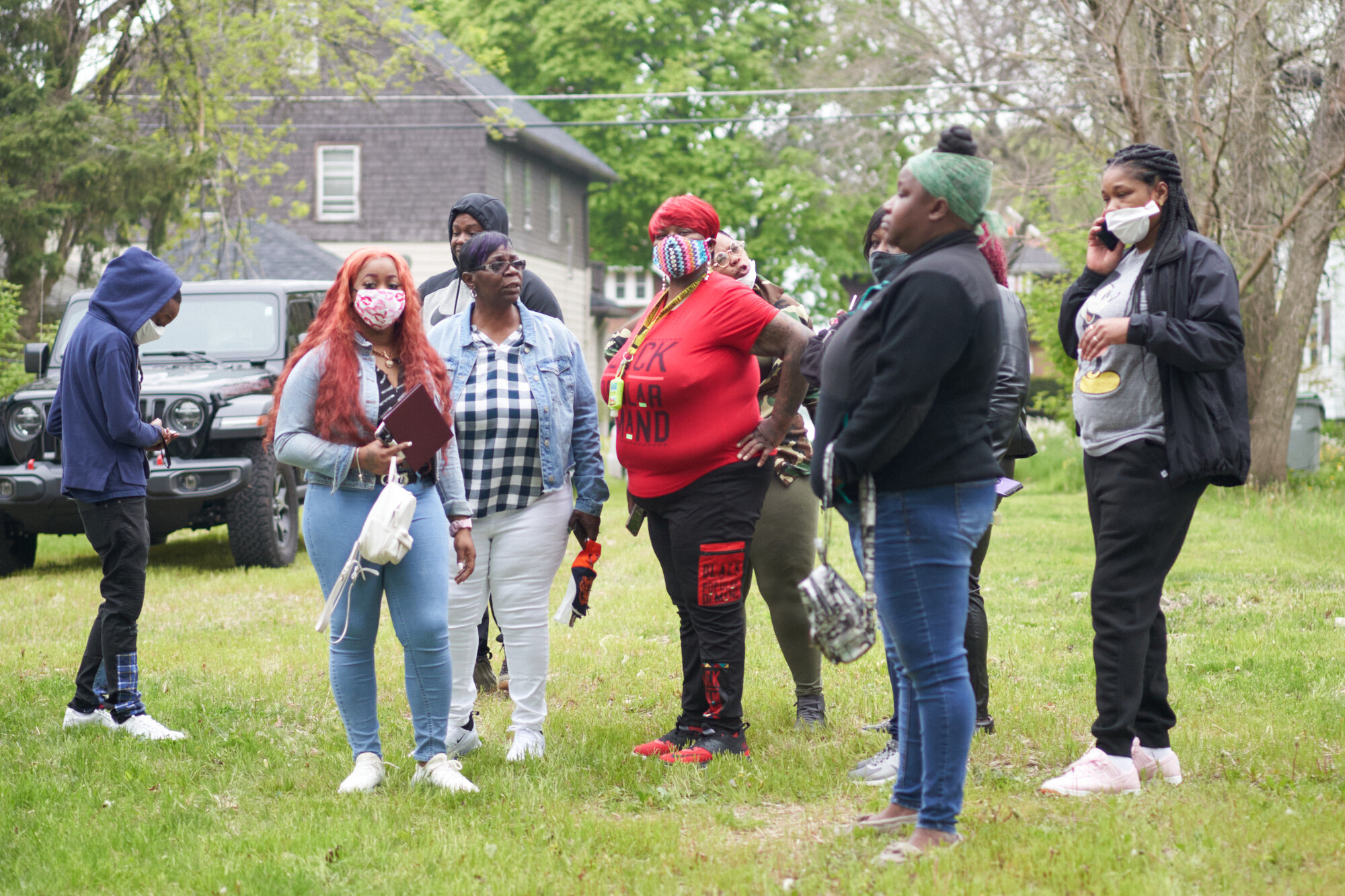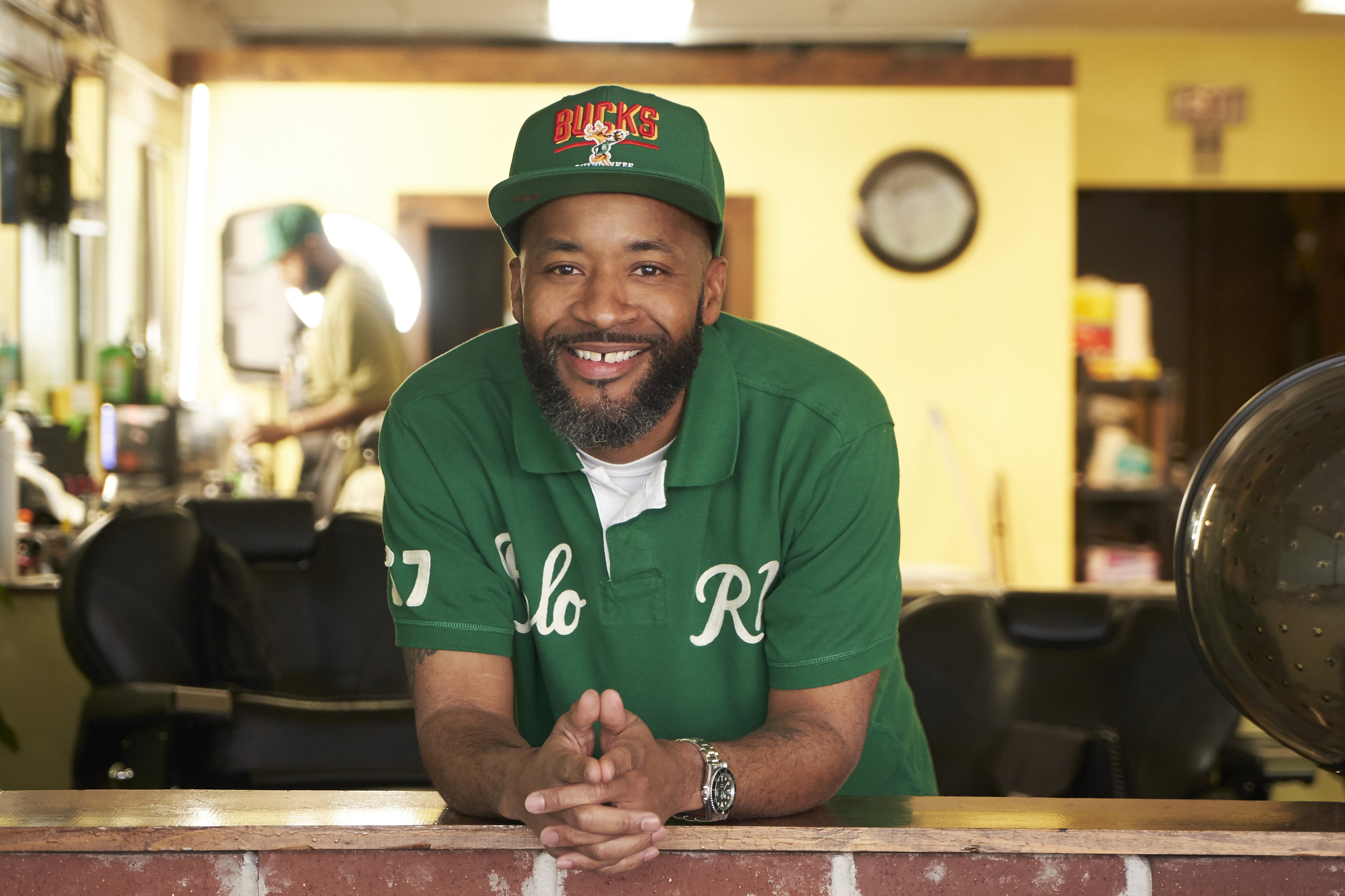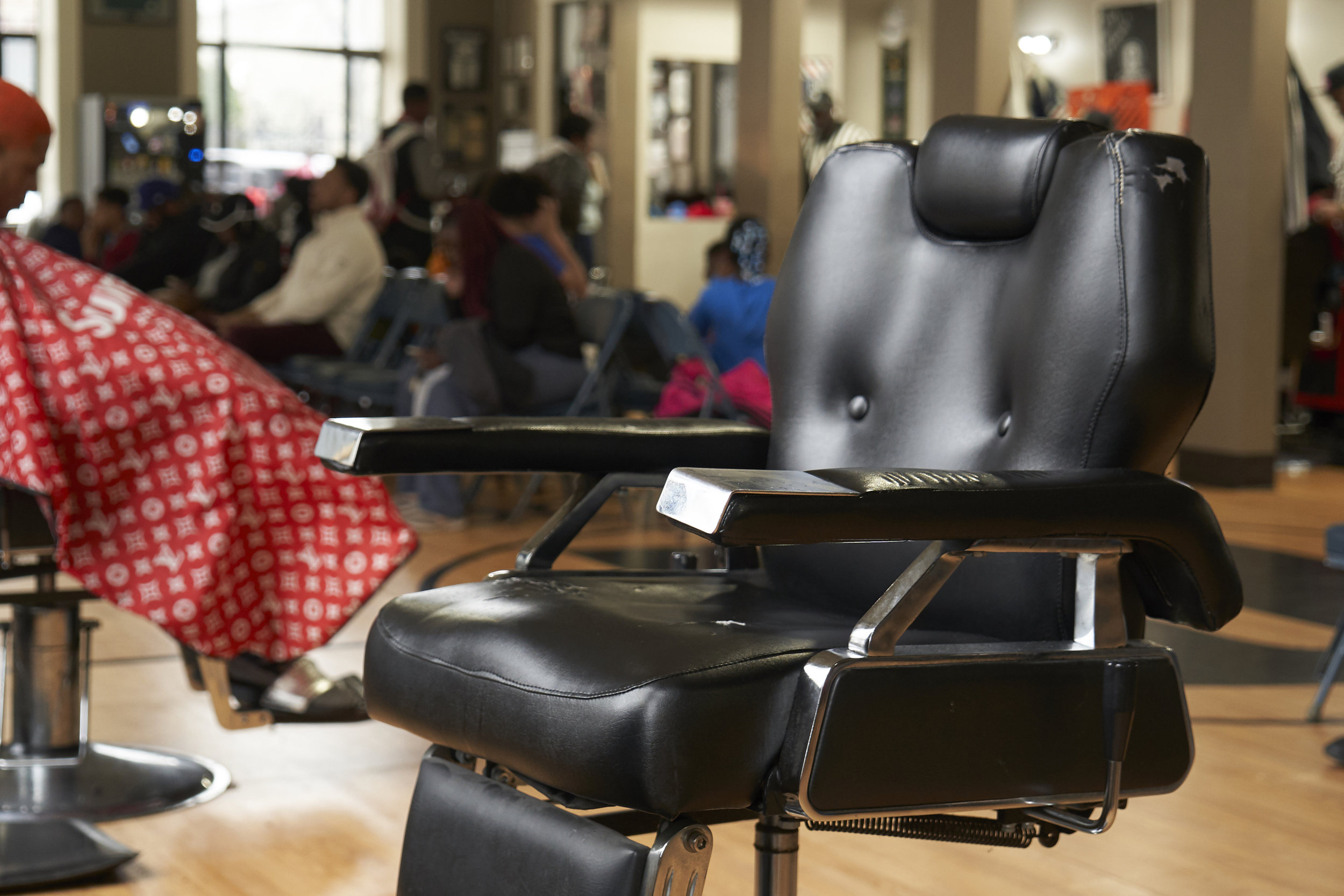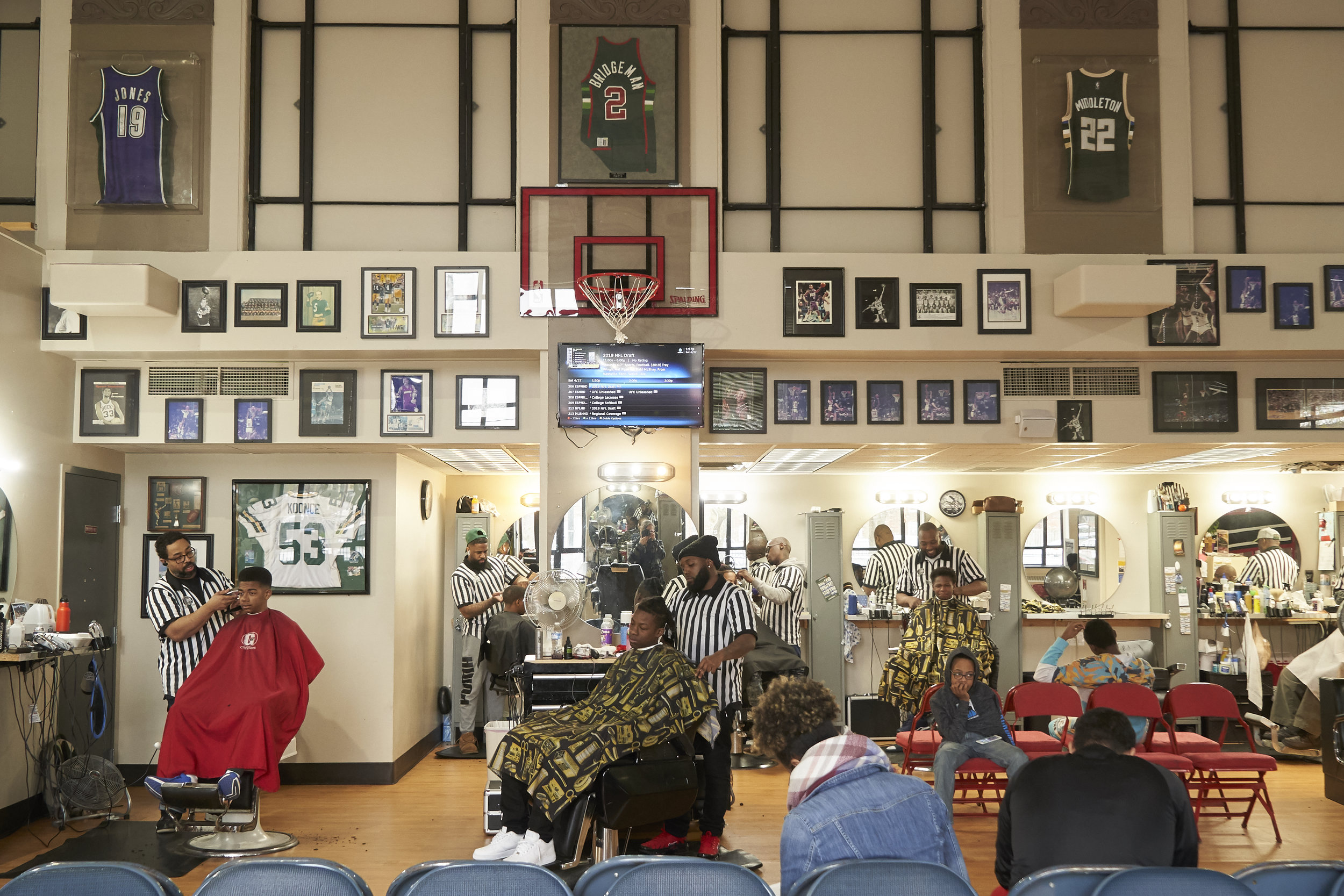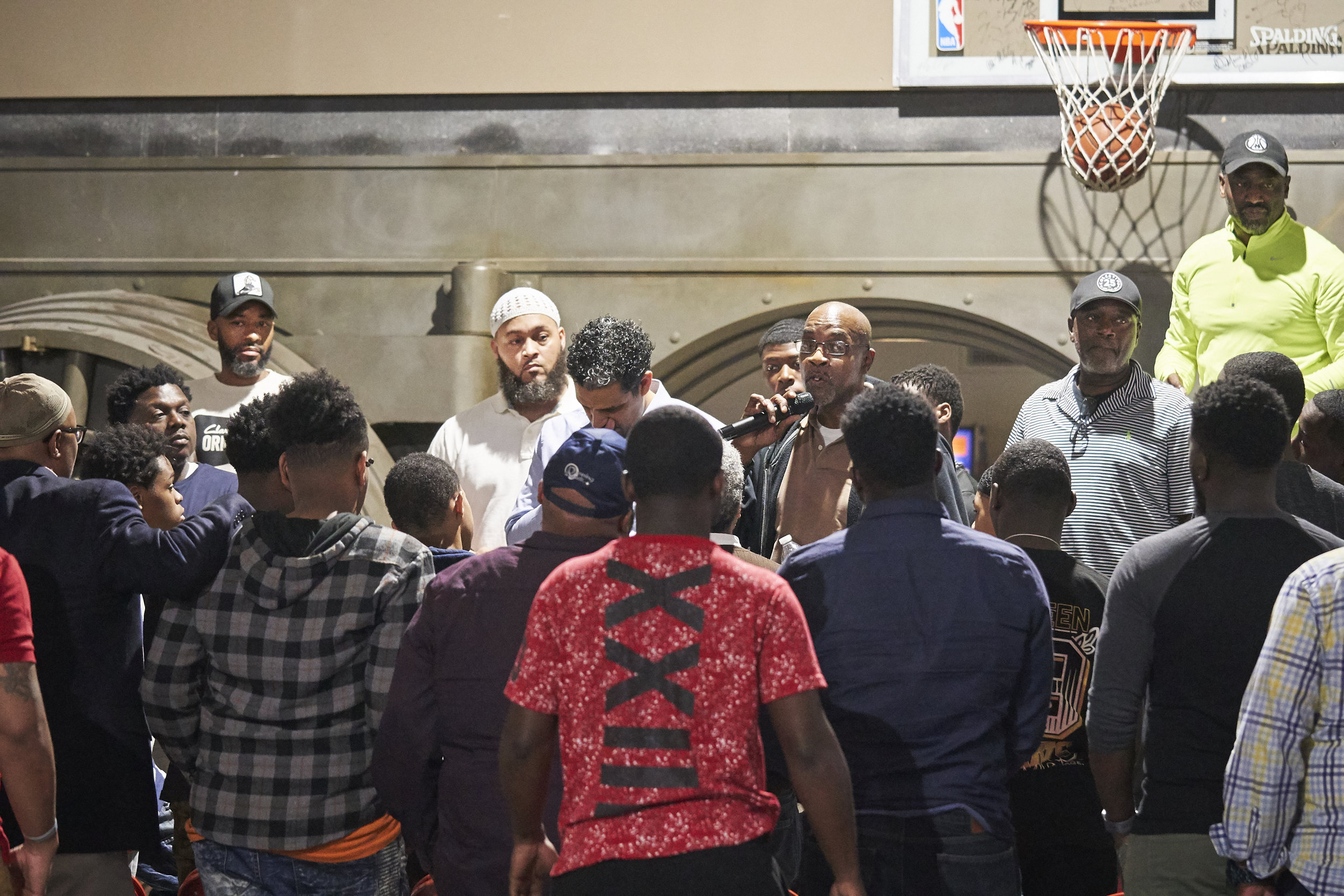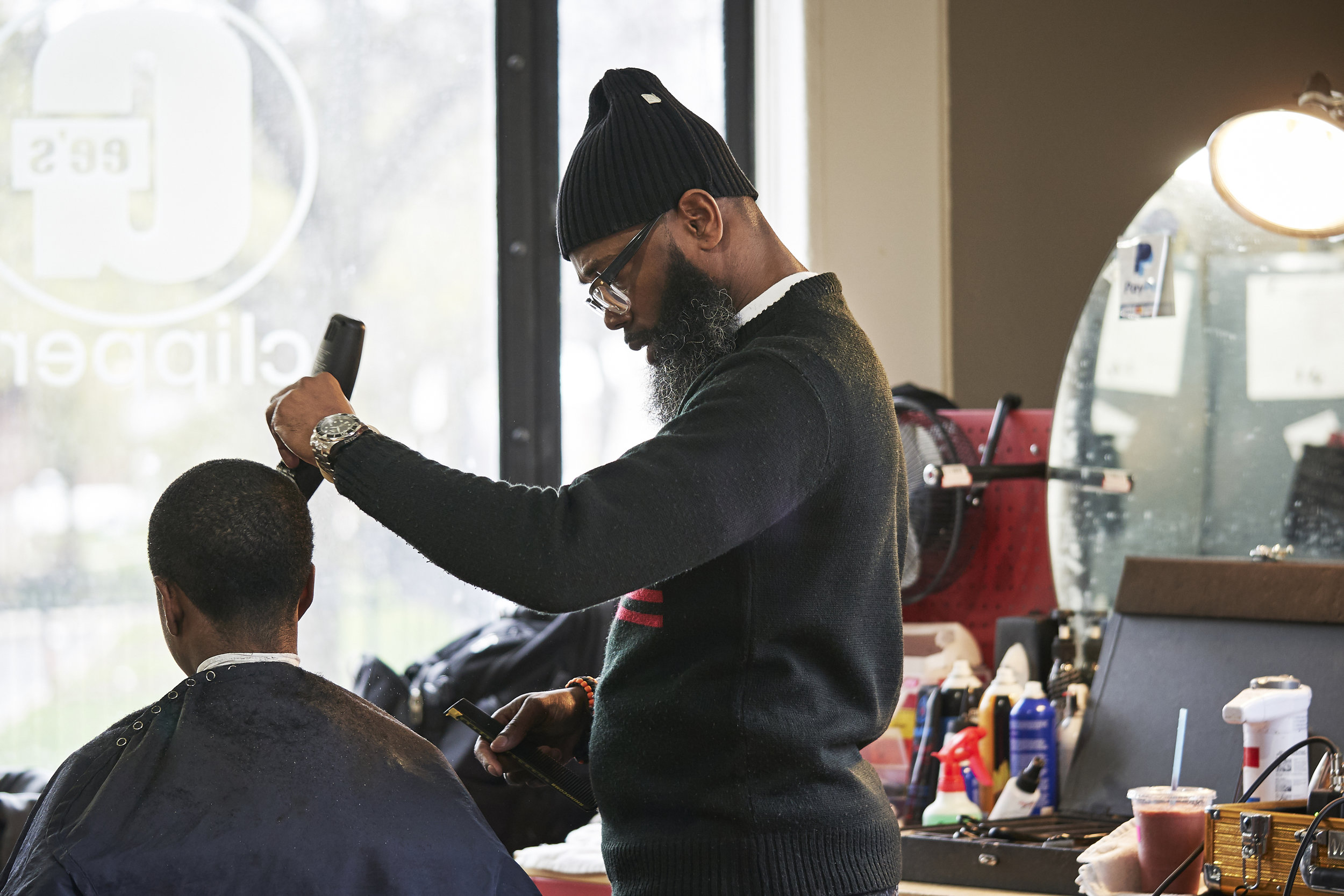Their intention from the beginning has been to create connections among different groups of people and to support small vendors with the business tools they need. In the minds of Ali and Verdin, segregation stems from economics, so that’s where they decided to focus their energy. If they could influence people to spend their money locally and in neighborhoods that need a stronger economy, then maybe we could take a step in the right direction of fixing the city’s segregation problem.
How it All Started
Long before 2015, Ali and Verdin were fighting for equal opportunities in the city. As two people of color, they see Milwaukee in a different light than most affluent white residents who live in majority-white areas such as Downtown or the East Side. They grew up in neighborhoods with fewer resources and vital institutions such as banks and supermarkets. This has been a systemic, national problem for decades, based largely in the history of redlining, which often led to minority communities being denied access to services.
Many of Milwaukee’s residents live with the effects of our country’s institutional racism and consequently have to travel farther to access a bank, healthcare office or supermarket. Not only do they have to travel downtown for the necessities, but most theaters, restaurants and other entertainment are in more affluent parts of the city. Residents from lower-income neighborhoods have to spend their money in other areas of the city, but residents from neighborhoods with plenty of resources don’t ever have a reason to travel to poor black neighborhoods. As Verdin sees it, “[The city] only became racially segregated because of money.”
Ali and Verdin saw economics divide people their whole lives, so they began thinking of ways economics could bring people together. The idea for Circulate MKE first came to fruition because Ali would purchase all her jewelry, lotions and other material goods from makers she knew from her communities. Friends would constantly ask her where her earrings and other products came from, and she would introduce them to her vendors. She soon realized there was an opportunity to connect people on a larger scale that would allow her to help both the vendors and the buyers.
The moment she ran the idea past Verdin, he was committed. The two began brainstorming on how to get people to spend their money on local vendors in a way that distributes wealth equally throughout the city. They wanted both dollars and ideas to circulate. “It’s about shared resources and being able to work together as entrepreneurs and startups, or just craft people,” says Verdin. Most importantly, the markets had to be nondiscriminatory and accessible to everyone, so from the beginning, they did not charge the vendors or shoppers to participate.
Location Matters
It was important for the market to represent and include all the communities in Milwaukee as well as to create economic growth for everyone. Verdin and Ali decided the only way to accomplish that was by moving the location around the city. They would approach owners of buildings that weren’t being used and ask them to use their space for the maker’s market. They have been able to bring new business to unused spaces around the city while creating relationships with building owners.
Every new location created more awareness for Circulate MKE while also bringing in new vendors and customers. The regular bi-monthly market took place for about three years, but people began to create their own versions of the market, developing a culture for pop-up craft markets in Milwaukee. Circulate MKE now operates only about five of their own markets every year because they are focusing on developing the skills of the business owners, allowing them to go in the direction they please. The diverse events have stimulated new economic activity in often-forgotten parts of the city and gave people a reason to cross the invisible lines that Milwaukee seems to have.
An Equal Economy, a Change in Culture
The markets have started to break down barriers. Verdin and Ali know that white people often avoid inner-city neighborhoods because they don’t feel safe, but Circulate MKE has been showing people that those fears and prejudices are only in our heads. “We’re building relationships, we’re busting myths about stereotypes of people, and we’re showing how a community can collectively come in and add love and life,” says Verdin.
Thanks to these markets, Milwaukee residents of all races have been moving throughout the city because they now have a relationship with a vendor or a customer. Previously, as the two activists explain, people would travel to the underserved parts of the city to spend their money as a political statement. Places like the Sherman Phoenix (a collective of food and shops), for instance, tends to draw white customers to the Sherman Park neighborhood. But Ali says that having it in one location is not enough. “That’s where the laziness of our city comes in. We can celebrate this and not get comfortable believing that the work is done.”
Places like the Sherman Phoenix are the result of a lot of hard work put in by community organizers like Ali and Verdin and are a step in the right direction. However, the city cannot take this as a sign that the problem is solved. There is still a lot of work to do. Ali and Verdin are dedicated to changing the culture of the city by getting people to cross those lines in an organic way—simply to buy something from their local vendor. By changing the culture and how we see each other as human beings, we can move closer to becoming a united city.
Learn more at circulatemke.com.
Read this article on the Shepherd Express.


